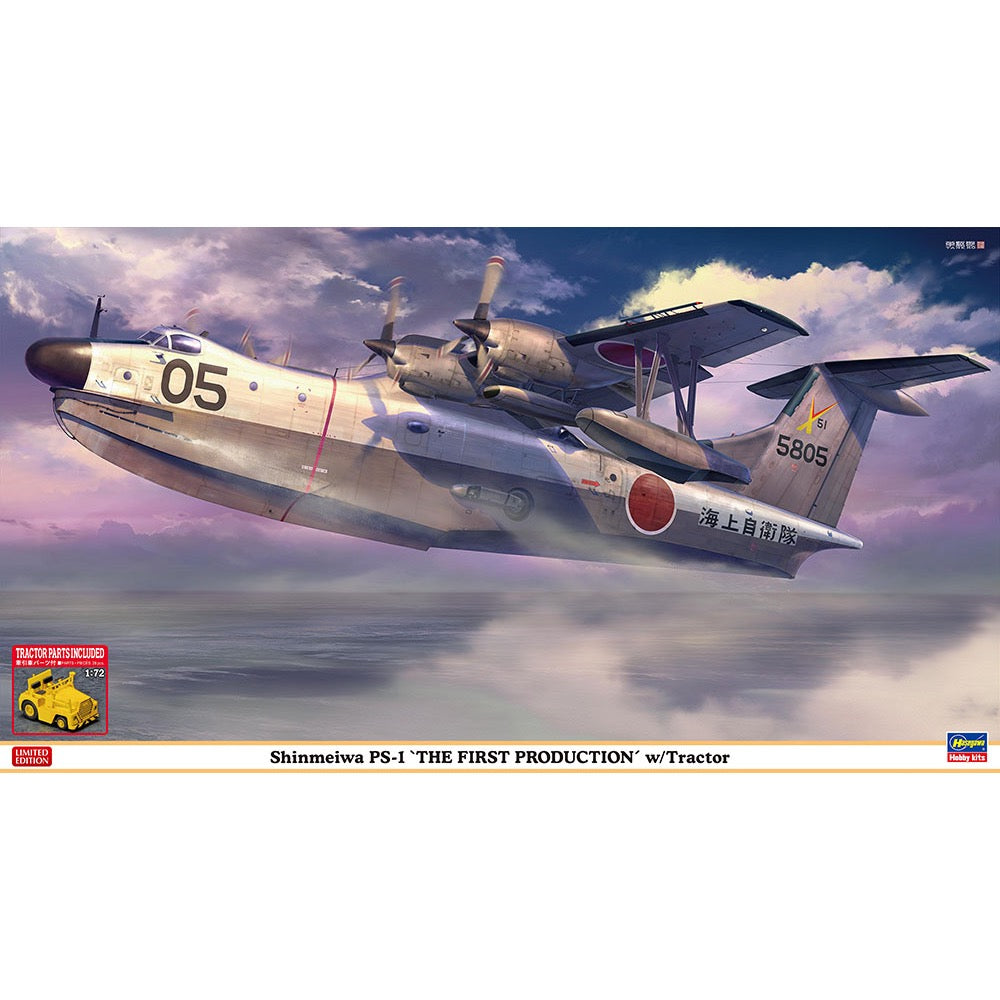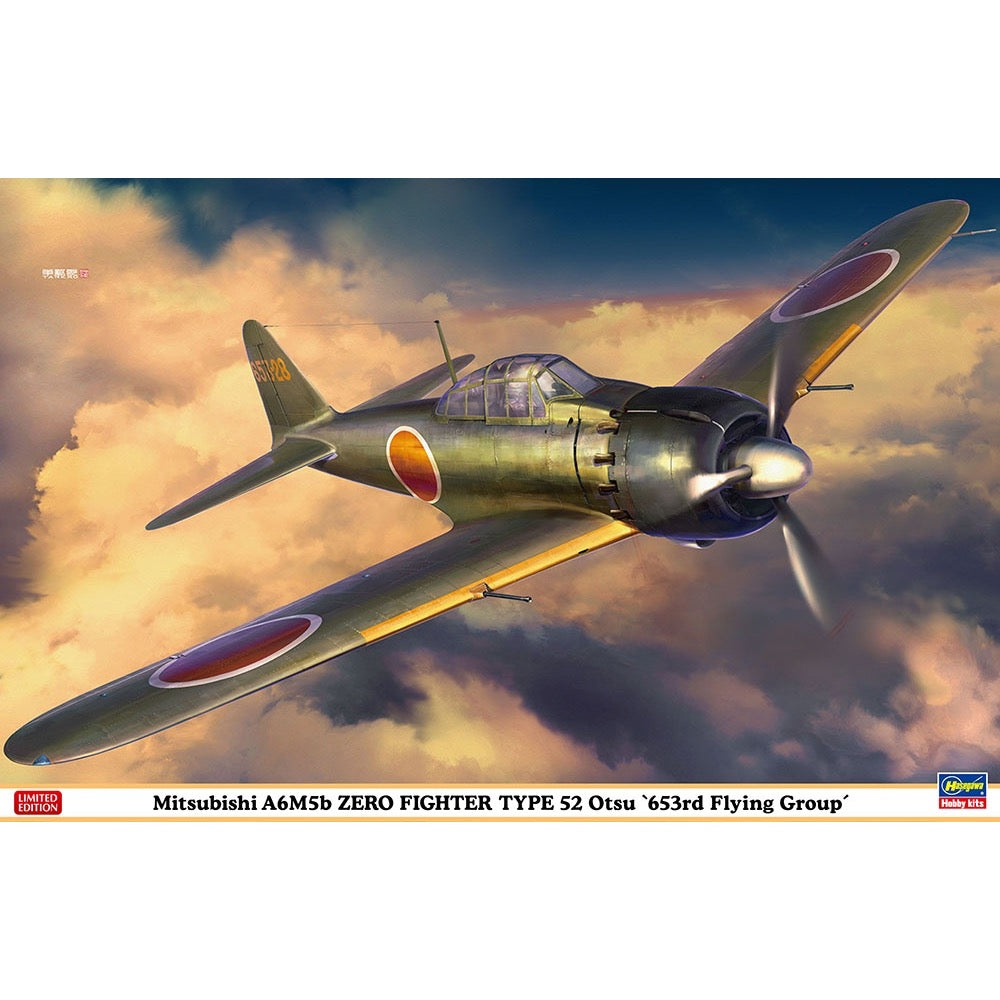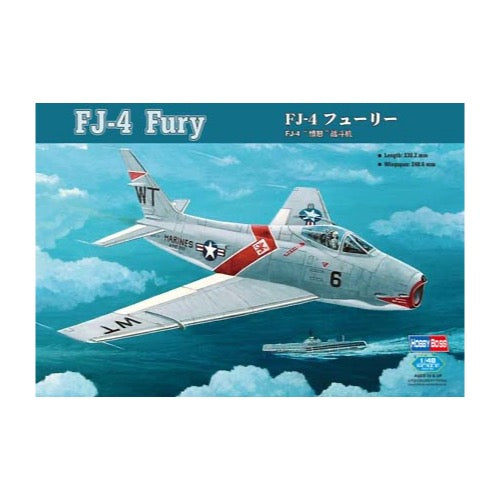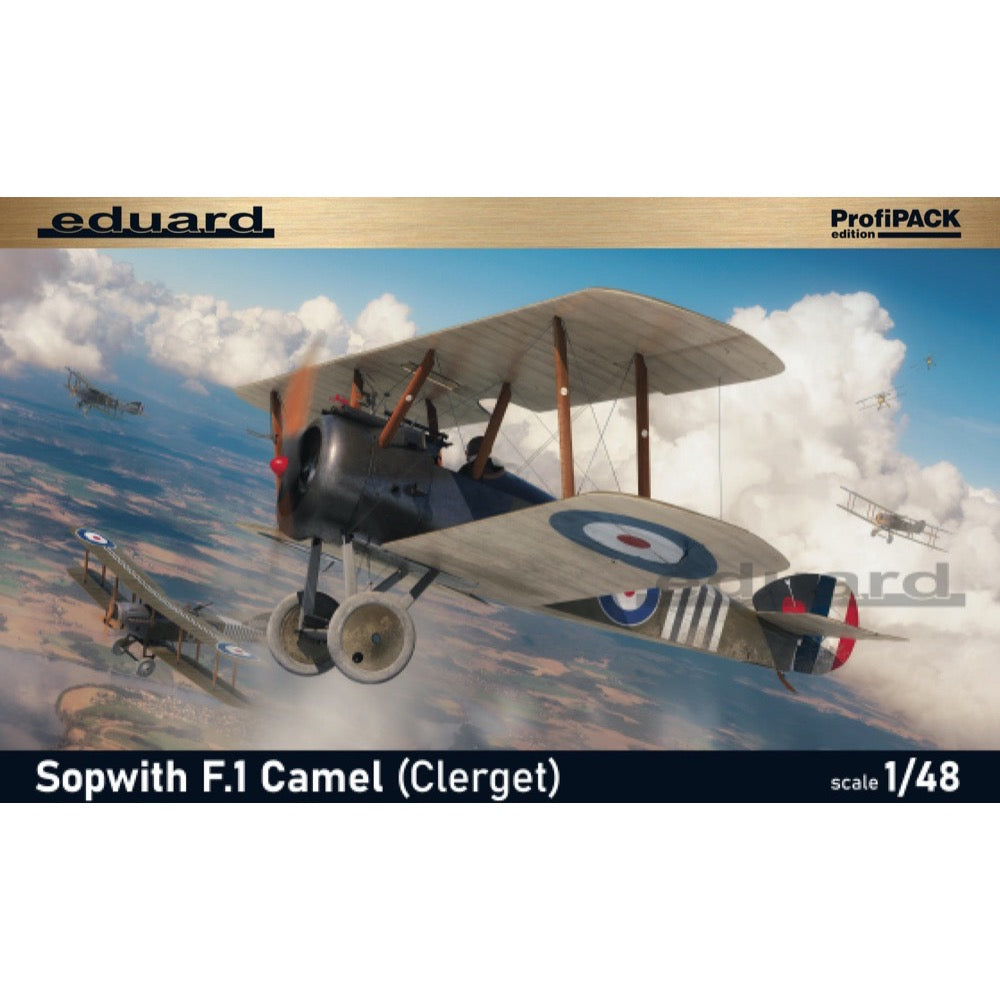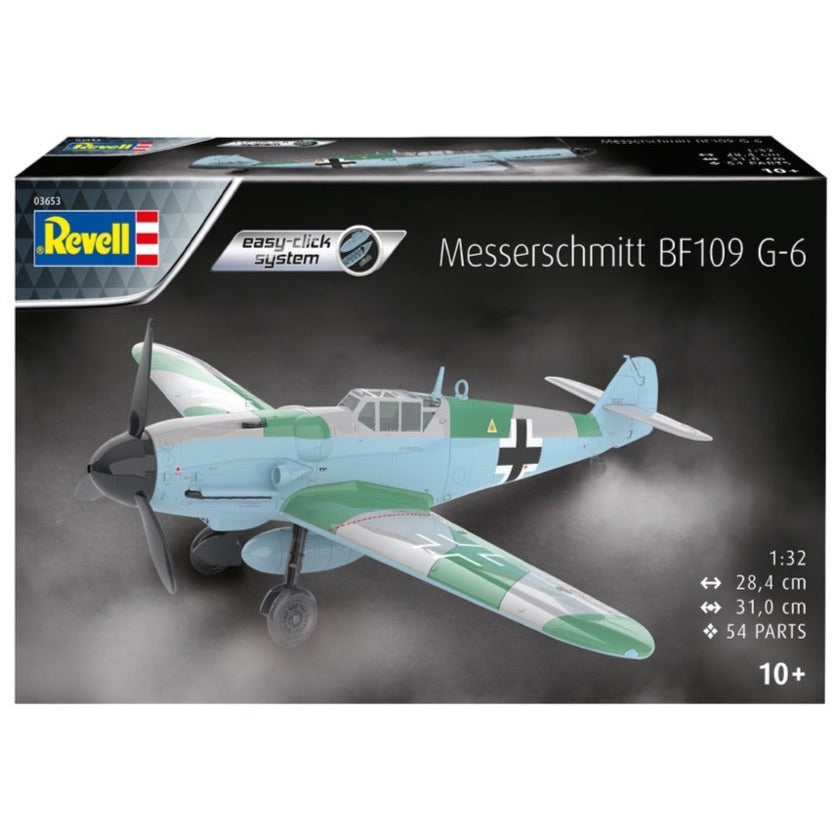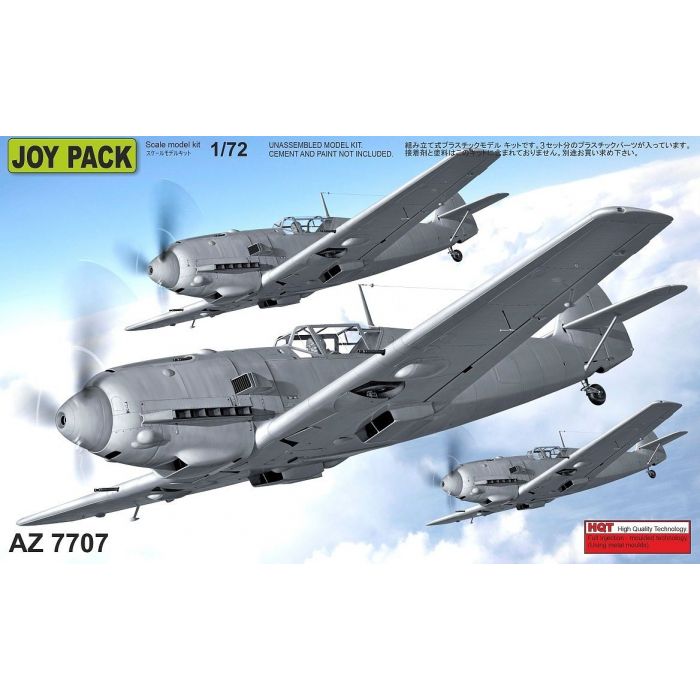
Academy 12608 1/144 F-14A Tomcat
Designed as the US Navy’s primary fighter, the F-14 Tomcat could perform air superiority, escort and strike missions and was undoubtedly one of the most advanced and technologically advanced aircraft to serve on aircraft carriers. The prototype aircraft first flew on 21 December 1970, and the first aircraft were delivered to the US Navy four years later. The last Tomcat aircraft were not retired from service until 2006, which perfectly illustrates the high quality and excellent performance of this aircraft. The most innovative and characteristic feature of the F-14 is the variable geometry wing. Controlled by computer or manually by the pilot, they can change their angle of attack from 20 degrees at minimum speed to 60 degrees at supersonic speeds. The variable geometry of the wings also allows for optimal positioning during tight maneuvers, thanks to which this powerful aircraft is characterized by astonishing agility. The heart of the Tomcat's weapon system is the Hughes ANG-9 radar, usually working with AIM-54A Phoenix air-to-air missiles with a range of up to 180 km guided by it. The ability to track and attack more than one target is particularly important. An equally important element of the weaponry, as shown by combat experience from the Vietnam War, is the cannon - in the F-14, mounted inside the fuselage, the M-61 Vulcan, firing up to 6,000 rounds per minute! Of course, other types of weaponry can also be attached to the Tomcat, such as Sparrow and Sidewinder missiles or various types of bombs. The F-14 also owes many of its successes to its excellent power unit in the form of a pair of Pratt-Whitney TF30 engines with 9,300 daN of thrust with afterburning. Technical data: Maximum speed: 2,480 km/h, rate of climb: 153 m/s, practical ceiling 17,100 m, maximum range: 3,200 km, armament: fixed - single, six-barrel M61-A1 cannon, caliber 20 mm, underslung - up to 6,580 kg of payload.
This is an injection-plastic jet aircraft model kit.
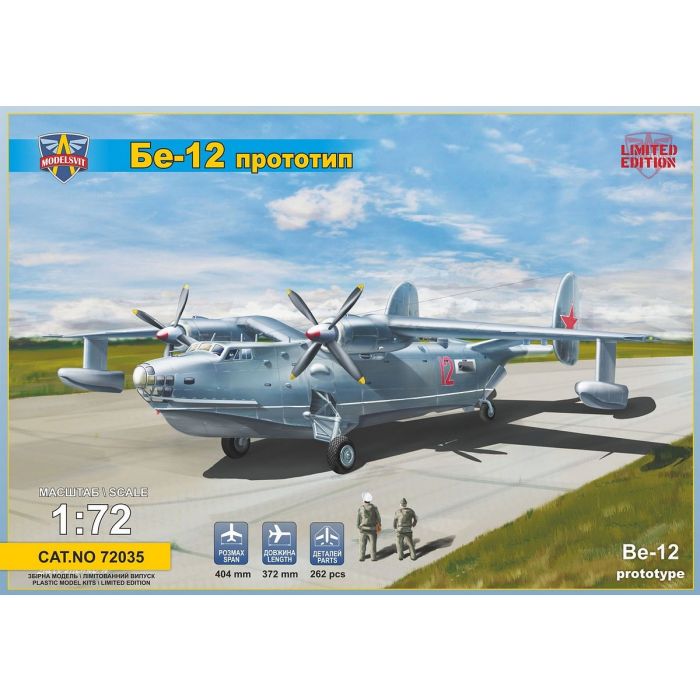
Modelsvit 72035 1/72 Beriev BE-12 Prototype Flying Boat
This amazing kit from ModelsVit recreates the Beriev Be-12 (Prototype) in 1/72 scale.
The Be-12 is the first amphibious flying boat, and flew in 1960. In the prototype stage, the engine was installed under the main wing, but the waves hit the propeller during water arrival, so the engine was transferred onto the main wing in the mass production type. In order to recreate this, ModelsVit took more than 50% of the parts (engine and main wing parts, aircraft, torso, turret, etc.) of its mass production Be-12 kit and created new molds for this kit. Photo-etched parts, rubber tires, painted mask seals and decals for one type of marking are included.
Specification
- Mold Color]: Gray
- Item Size/Weight: 34.2 x 24 x 8 cm / 580g
Includes
- Photo-etched parts, clear parts, decals
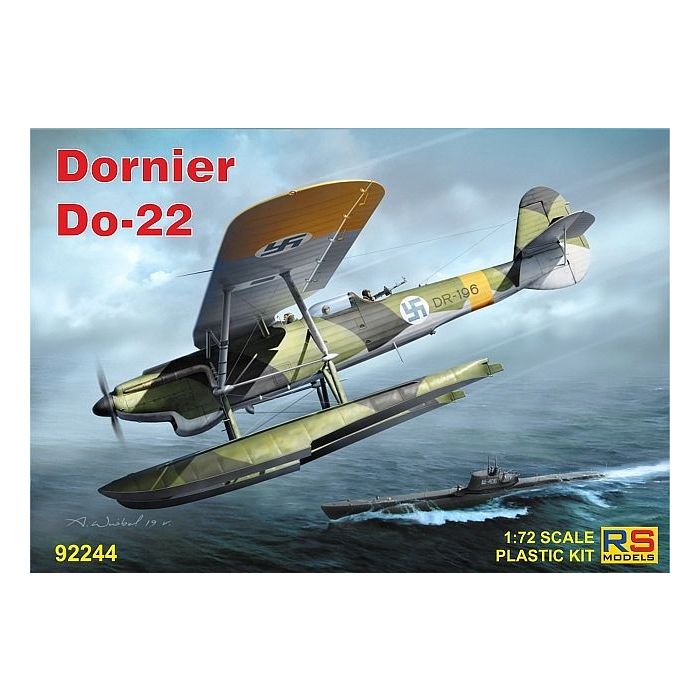
RS Models 92244 1/72 Dornier Do-22
The Dornier Do 22 was a German seaplane, developed in the 1930s. Despite good performance, it was built only in small numbers and entirely for the export market. The type was operated in the Second World War by Greece, Yugoslavia and Finland.The first production model, known as the Do 22/See when fitted with floats, did not fly until 15 July 1938 from Dornier's factory at Friedrichshafen, Germany, although it did incorporate parts made in Switzerland. While the Luftwaffe was not interested in the aircraft, examples were sold to Yugoslavia, Greece and Latvia.
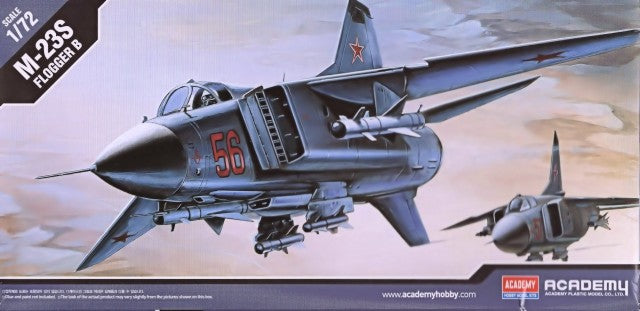
Academy 12445 1/72 M-23S Flogger B
Mikojan-Guriewicz MIG-23 is a Soviet, single-engine fighter-attack aircraft with variable wing geometry, with a classic tail. The flight of the prototype took place on June 10, 1967, and shortly thereafter, it lasted until 1985. The MIG-23 was clearly influenced by the design of the French Mirage G, although the MIG-21PD machines were initially tested, with the MIG-21 wing, R-27-300 engine and RD-36-35 auxiliary starters placed vertically in the fuselage. Airplanes of this type took part in numerous conflicts, among others in the Iran-Iraq War (1980-1988), in Afghanistan (1979-1989) and during the Gulf War (1990-1991). Technical data: length: 17.18m, wingspan (maximum): 13.97m, height: 4.82m, maximum speed: 2.35Ma, climb speed: 35.7m / s, maximum range (with additional tanks): 2500km , maximum ceiling 17500m, armament: fixed-single, double-barreled GSz-23Ł cannon, caliber 23mm, suspended - up to 4500 kg of cargo.
This is an injection-plastic jet aircraft model kit.
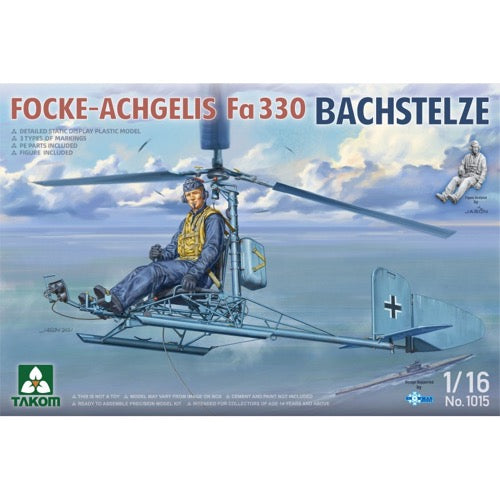
Takom 1015 1/16 Focke-Achgelis Fa-330 Bachstelze
Focke-Achgelis Fa-330 Bachstelze
The Focke-Achageris Fa330 Bachsterze is a single-seat, three-blade rotorcraft used as a ship-mounted reconnaissance aircraft for German U-boats during World War II. The Fa330, which weighs about 80kg and is easy to handle, was assembled on the deck of a submarine, and when the U-boat sailed upwind, the flow of wind would rotate the rotors, and the Fa330 was then moored to the U-boat with a cable. The Fa330 flew over a maximum altitude of 120 meters. In fine weather, it was possible to visually recognize a radius of about 40km, and the crew members were able to convey the observation results by wire to the inside of the ship. The Fa330 was used in U-177, U-181, U-852, etc., and was mainly used for patrols in the Indian Ocean.
Specification
- Scale: 1/16
- Item Size: 30.2cm x 20.2cm x 6.2cm
- Weight: 310g
Includes
- Photo-etched parts, decals for 3 versions, pilot figure


